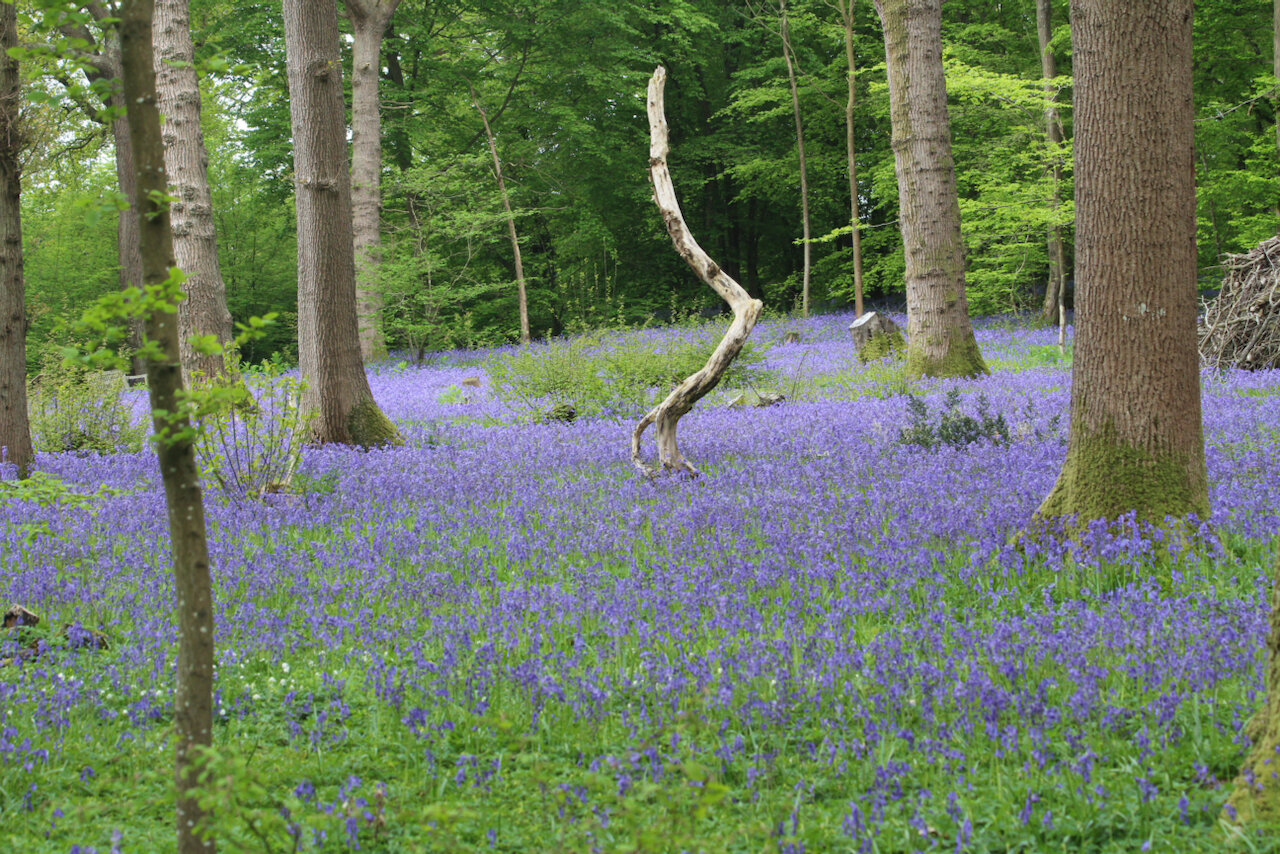Perhaps to the relief of all I’m back to things horticultural this time, prompted not so much by comments unfavourable from my Loyal Readers (‘hopelessly at sea, stick to subjects you know about’) but more because of the effect this miserable weather has been having on the Long House garden. Here are just a couple of examples taken a year apart on the same day, the first showing how the walnut tree has struggled against the April frosts compared with last year’s warmth, the second proving we’re about four weeks behind where we should be.
It would be comforting to think the slow start will prolong the season but, who knows, we might yet get a knot of frogs or a plague of locusts to further torment us, so better not to think too far ahead. Anyway, on the subject of differences I have been trying to teach grand-daughter Bay one flower from another. When it came to anything yellow she knew a primrose from a dandelion but when it came to distinguishing a celandine from a buttercup or a cowslip from a polyanthus she, quite reasonably, was also hopelessly at sea. So for the benefit of all, from left to right, are celandines (ficaria verna), buttercups (ranunculus acris), cowslips (primula veris), primrose (primula vulgaris), oxlip (primula elatior) and a dandelion clock (you really don’t need to see what a taraxacum officinale looks like).
But do you know the difference between an English and a Spanish bluebell? English on the left and Spanish on the right in case you don’t. English take about 7 years from seed to flower whereas Spanish breed like rabbits…get them in your garden and you’ll never be shot of them, and what’s more they’ll cross-fertilise with the English and wipe them out (don’t tell Boris that or it’ll end up on a bus).
And can you tell the difference between a blackthorn and a hawthorn? It’s not easy from the blossom but the clue is in the leaves: if it’s flowering on bare stems it’s blackthorn and if it’s surrounded by green it’s hawthorn. The thorns of both are spiky but the bark of the blackthorn gives it its name, hawthorn’s being lighter and rougher. If you’d like to know more I’ve just found a remarkably erudite article on google: https://www.thelonghousegarden.co.uk/news/2017/4/13/the-blackthorn-winter
I spent ages telling Bay about how there are 219 different varieties of primula, how you can kill a bluebell if you tread on it, how a fig tree saved Romulus and Remus from drowning in the Tiber, how the dandelion got its name and how to make sloe gin from blackthorn berries. This is what she thought of it all. But, lest she hurt my feelings, she gave me her recipe for marmite and cheese scones.



















